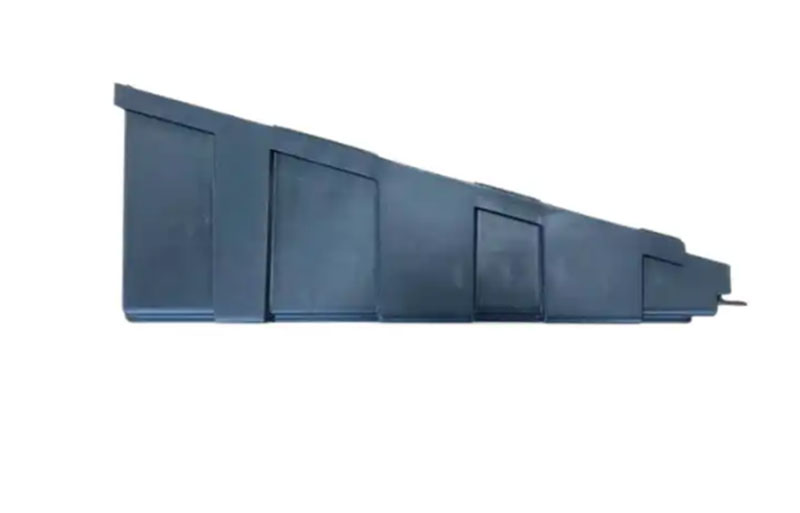Glass-reinforced nylon comes in numerous grades, each with its own unique mix of qualities and uses. We will discuss below to give a general idea of how they differ.

PA 6/6 GF
PA 6/6 GF includes 15-50% glass in a base material of PA 6/6. It exhibits excellent mechanical and thermal properties including rigidity, impact resistance, moisture absorption, and thermal stability. Furthermore, this grade of glass-filled nylon has exceptional dimensional stability, making it suitable for precision applications.
This grade is a good choice for producing load-bearing components like pulleys and machine elements.
PA 6 GF
PA 6 GF employs Nylon 6 (PA 6) as the base compound with up to 15-45% glass ratio. The addition of glass fibers improves mechanical performance, moisture absorption, and impact resistance.
Due to these high-performance qualities, its common uses include ducting, plastic enclosures, and engine guards.
PA 12 GF
This grade of glass-reinforced nylon has PA 12 as the base compound, with glass ratios going up to 30%. It has a different base material than the previously discussed PA 6-based grades, the material properties are also more inclined towards PA 12.
PA 12 has a higher chemical resistance and moisture resistance compared to PA 6 but also has less strength and melting temperature. It is also more flexible. Therefore, PA 12 GF is a good choice when an application demands high chemical stability and mechanical performance can be compromised.
PA 46 GF
PA 46 GF is a high-performance glass-reinforced nylon grade, boasting excellent strength, thermal stability, wear resistance, and low water absorption. It stands out among other pa+gf grades in most material properties, making it ideal for applications like electric motor components, circuit breakers, sensors, and automotive parts.
PA 6/6 GF FR
PA 6/6 GF FR is a very special glass-reinforced nylon grade with flame retardant (FR) capabilities. In addition to having the same qualities as the aforementioned PA 6/6 GF, it boasts low flammability, which is not common in nylon-based material groups.
Its low flammability adds an extra layer of safety in applications with fire hazards, like electric circuits and household appliances. Moreover, it also serves as a good material choice for automotive and aviation parts in close vicinity of components with ignition risks.
